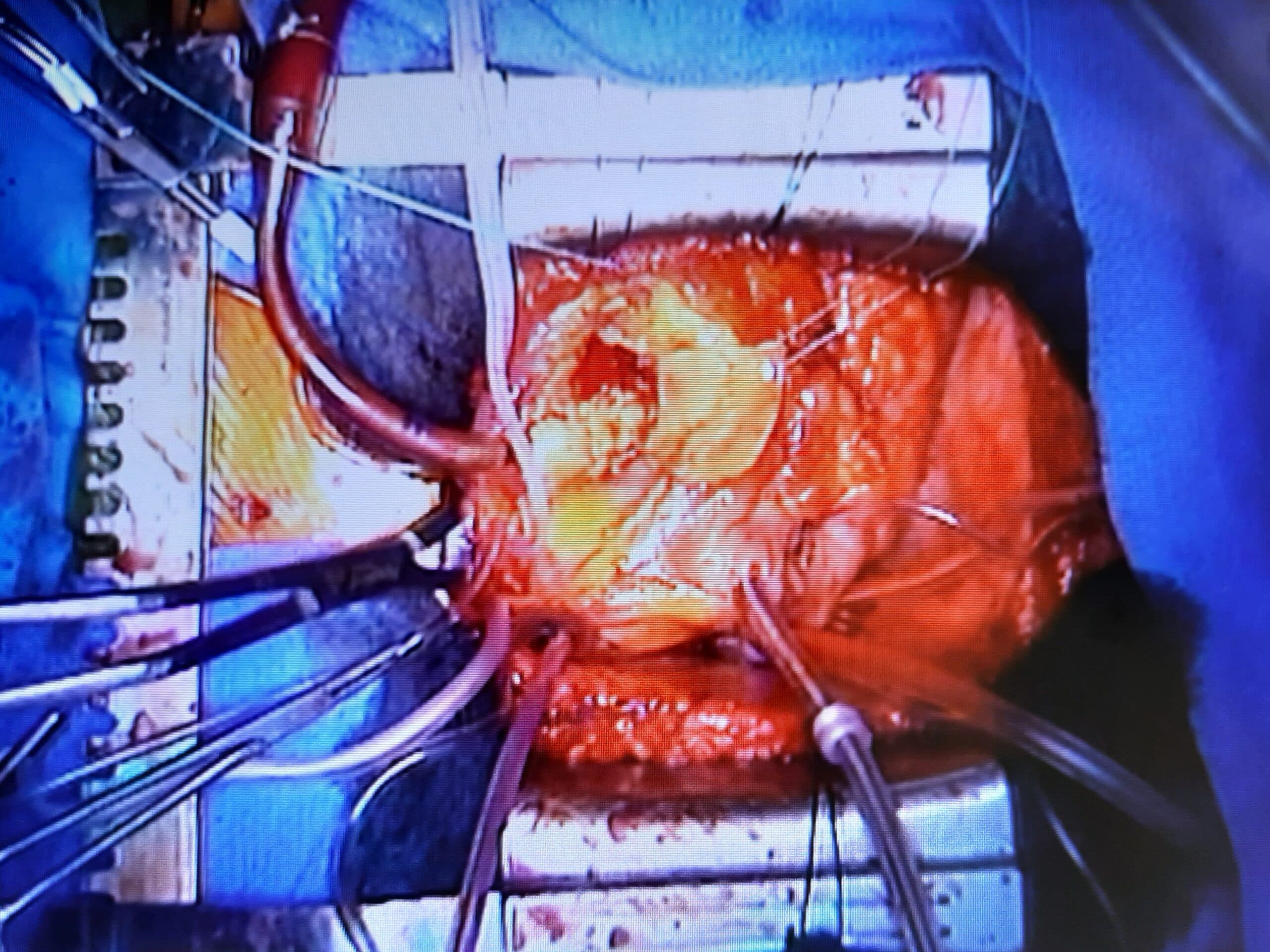Weaning from Cardiopulmonary Bypass, Decannulation, and Closure

Although thoracotomy or newer, less-invasive options such as peripheral cannulation are being used more frequently for minimally invasive cardiac surgery, surgical access through a median sternotomy and central cannulation remain the cornerstones of cardiac surgery and residency training. It is of utmost importance to wean the patient properly from cardiopulmonary bypass (CPB). This video tutorial discusses weaning the patient from CPB, decannulation, and closure of the sternotomy, and describes the safeguards and pitfalls of weaning from CPB.
If all of the items on the checklist have been completed, including a neutral patient position, hemostasis, successful de-airing confirmed by TEE, sufficient body temperature, and normal heart rhythm and rate, and if satisfactory hemoglobin and blood gas values are achieved, full ventilation can be resumed. As the perfusionist gradually reduces the venous return, ventricular function may be assessed by inspecting the contraction of the RV and by palpation of the pulmonary arteries, which should feel soft to the touch. The central venous pressure should be around 10 to 12 mmHg at this point. The venous cannula is clamped before it is removed and then the purse string sutures are tied.
